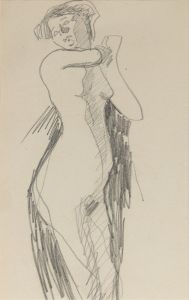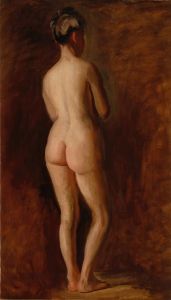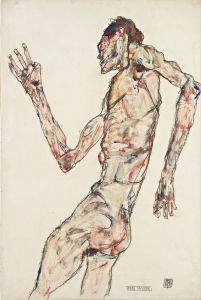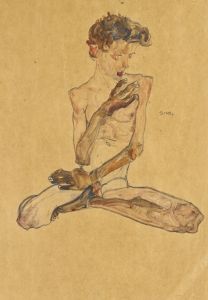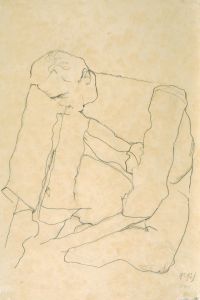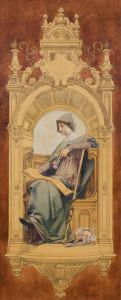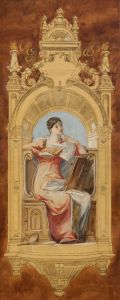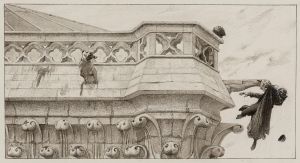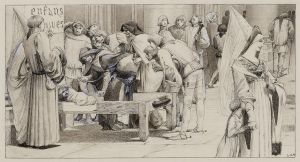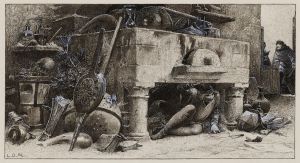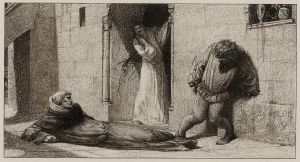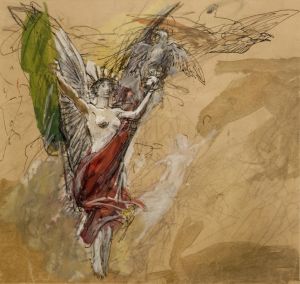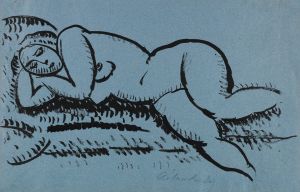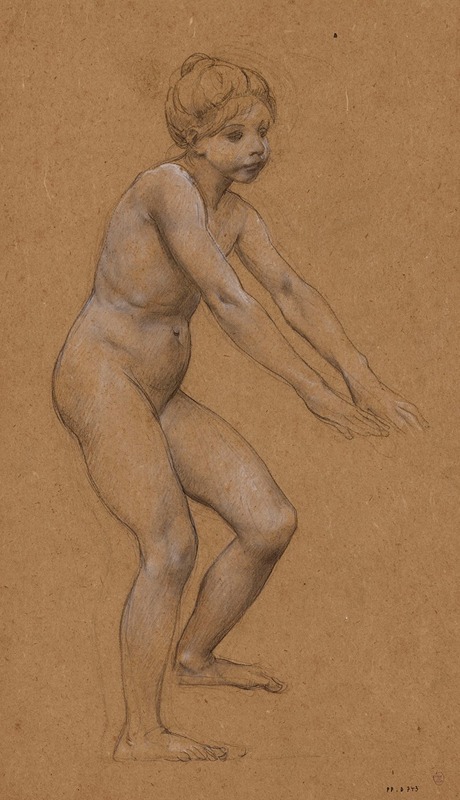
Fillette nue debout de trois-quarts à droite, les mains en avant
A hand-painted replica of Luc-Olivier Merson’s masterpiece Fillette nue debout de trois-quarts à droite, les mains en avant, meticulously crafted by professional artists to capture the true essence of the original. Each piece is created with museum-quality canvas and rare mineral pigments, carefully painted by experienced artists with delicate brushstrokes and rich, layered colors to perfectly recreate the texture of the original artwork. Unlike machine-printed reproductions, this hand-painted version brings the painting to life, infused with the artist’s emotions and skill in every stroke. Whether for personal collection or home decoration, it instantly elevates the artistic atmosphere of any space.
Luc-Olivier Merson was a French academic painter and illustrator, known for his meticulous attention to detail and his ability to capture the human form with grace and precision. One of his works, "Fillette nue debout de trois-quarts à droite, les mains en avant," exemplifies his skill in portraying the human figure, particularly in the context of classical and allegorical themes.
Merson was born in Paris in 1846 and was a prominent figure in the French art scene during the late 19th and early 20th centuries. He studied under the tutelage of Gustave Chassevent-Bacques and Isidore Pils at the École des Beaux-Arts in Paris, where he honed his skills in drawing and painting. Merson's work is characterized by its classical style, often drawing inspiration from mythology, history, and religion.
"Fillette nue debout de trois-quarts à droite, les mains en avant" is a study of a young girl standing nude, depicted in a three-quarter view with her hands extended forward. This piece reflects Merson's interest in the human form and his ability to convey innocence and vulnerability through his subjects. The painting is executed with a delicate touch, emphasizing the softness of the girl's skin and the gentle curve of her posture.
Merson's approach to painting was heavily influenced by the academic traditions of his time, which emphasized realism, anatomical accuracy, and a polished finish. His works often feature a harmonious balance between composition, color, and form, which is evident in this particular piece. The use of light and shadow in "Fillette nue debout de trois-quarts à droite, les mains en avant" highlights the contours of the girl's body, creating a sense of depth and dimensionality.
Throughout his career, Merson received numerous accolades for his work. He was awarded the prestigious Prix de Rome in 1869, which allowed him to study in Italy and further develop his artistic style. His time in Italy exposed him to the works of the Renaissance masters, which had a lasting impact on his approach to art. Merson's ability to blend classical influences with his unique vision made him a respected figure in the art world.
In addition to his paintings, Merson was also a prolific illustrator, contributing to various publications and projects. His illustrations often depicted scenes from literature, history, and mythology, showcasing his versatility as an artist. Merson's work extended beyond traditional canvases; he also designed stained glass windows and postage stamps, further demonstrating his diverse talents.
"Fillette nue debout de trois-quarts à droite, les mains en avant" is a testament to Merson's mastery of the human form and his dedication to the principles of academic art. While the painting itself may not be as widely recognized as some of his other works, it remains an important example of his ability to capture the essence of his subjects with sensitivity and precision.
Luc-Olivier Merson passed away in 1920, leaving behind a legacy of art that continues to be appreciated for its technical skill and artistic beauty. His contributions to the world of art, particularly in the realm of academic painting, have cemented his place as a significant figure in the history of French art.





